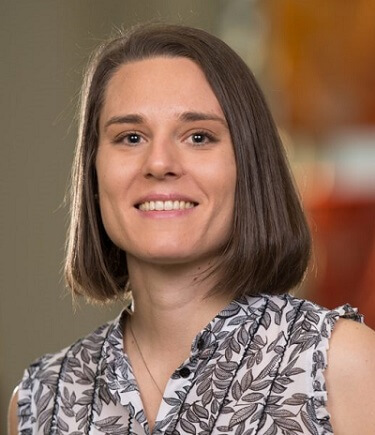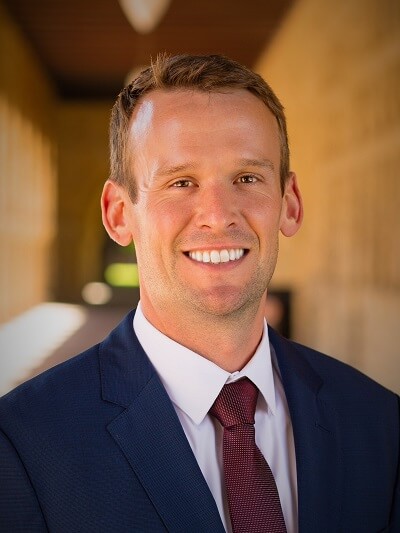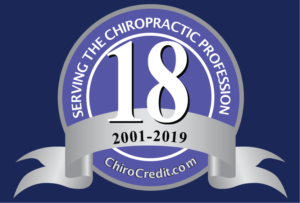
In this episode, Dr. Ronald Farabaugh and I discuss his recent systematic review regarding the cost of chiropractic vs. medical management of adults with spine-related musculoskeletal pain. Dr. Farabaugh has been in practice in Ohio since 1982. He was appointed by the Governor in 1994 to serve on the Healthcare Quality Advisory Council to help design managed care programs for the Bureau of Workers’ Compensation (BWC), specifically Qualified Health Plans (QHP). He became the 1996-President of the Ohio State Chiropractic Association. He is the former Chairman of the CCGPP (Council on Chiropractic Guidelines and Practice Parameters). He was past president of the Ohio Chiropractic State Board, appointed by Governor Strickland in 2010. He is on the ODG-Board of Advisors (Official Disability Guidelines). He currently serves as VP and National Physical Medicine Director for Advanced Medicine Integration Group, LP (AMI).
Dr. Farabaugh was appointed to serve on the Scientific Commission of The Clinical Compass and he has published 15 papers on clinical practice guidelines in peer reviewed journals including the paper that we will discuss today on cost-effectiveness that just came out in March of 2024.
Please visit Dr. Farabaugh’s research page at researchgate.net.
Here is the reference and link to the article we discuss in this episode.





